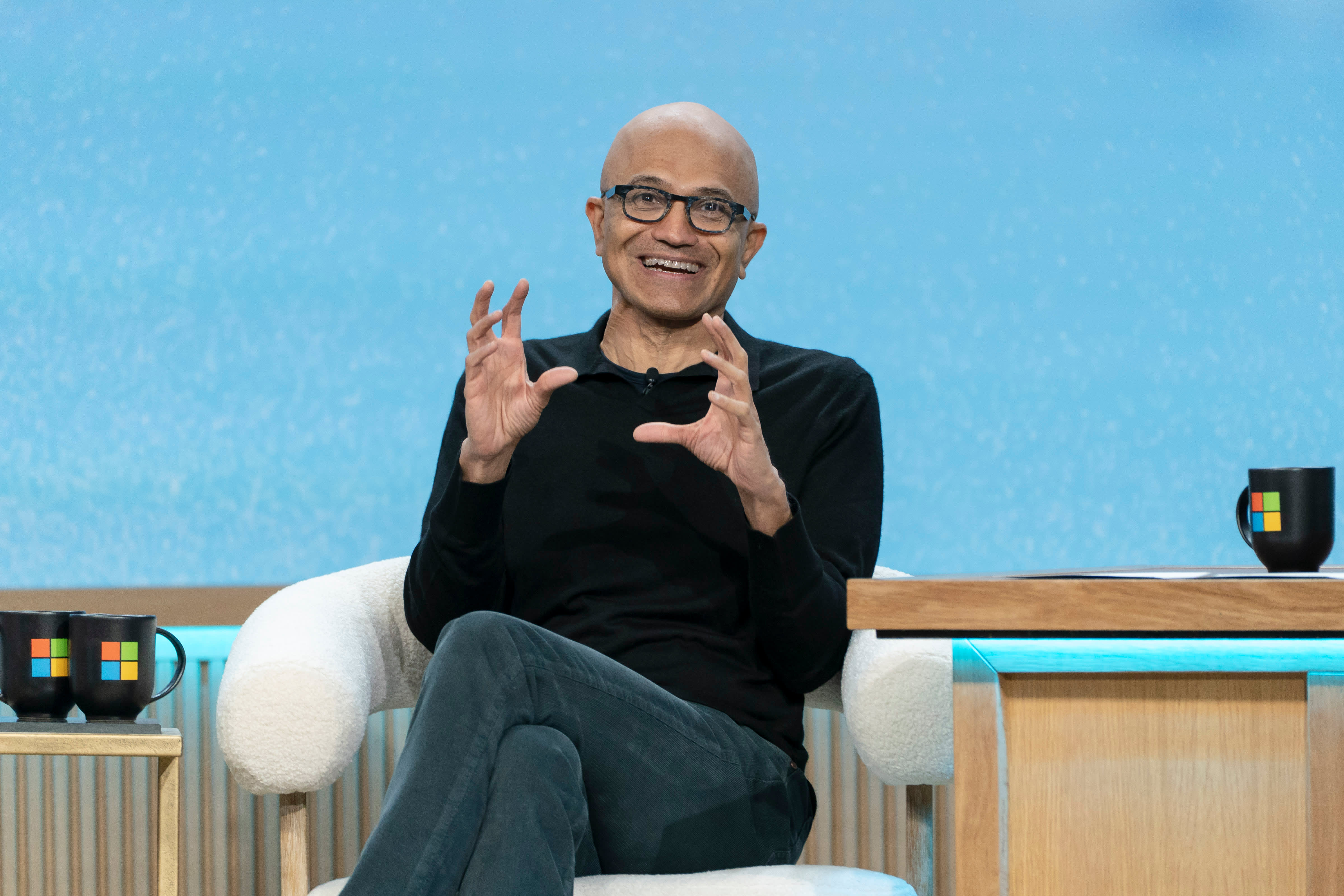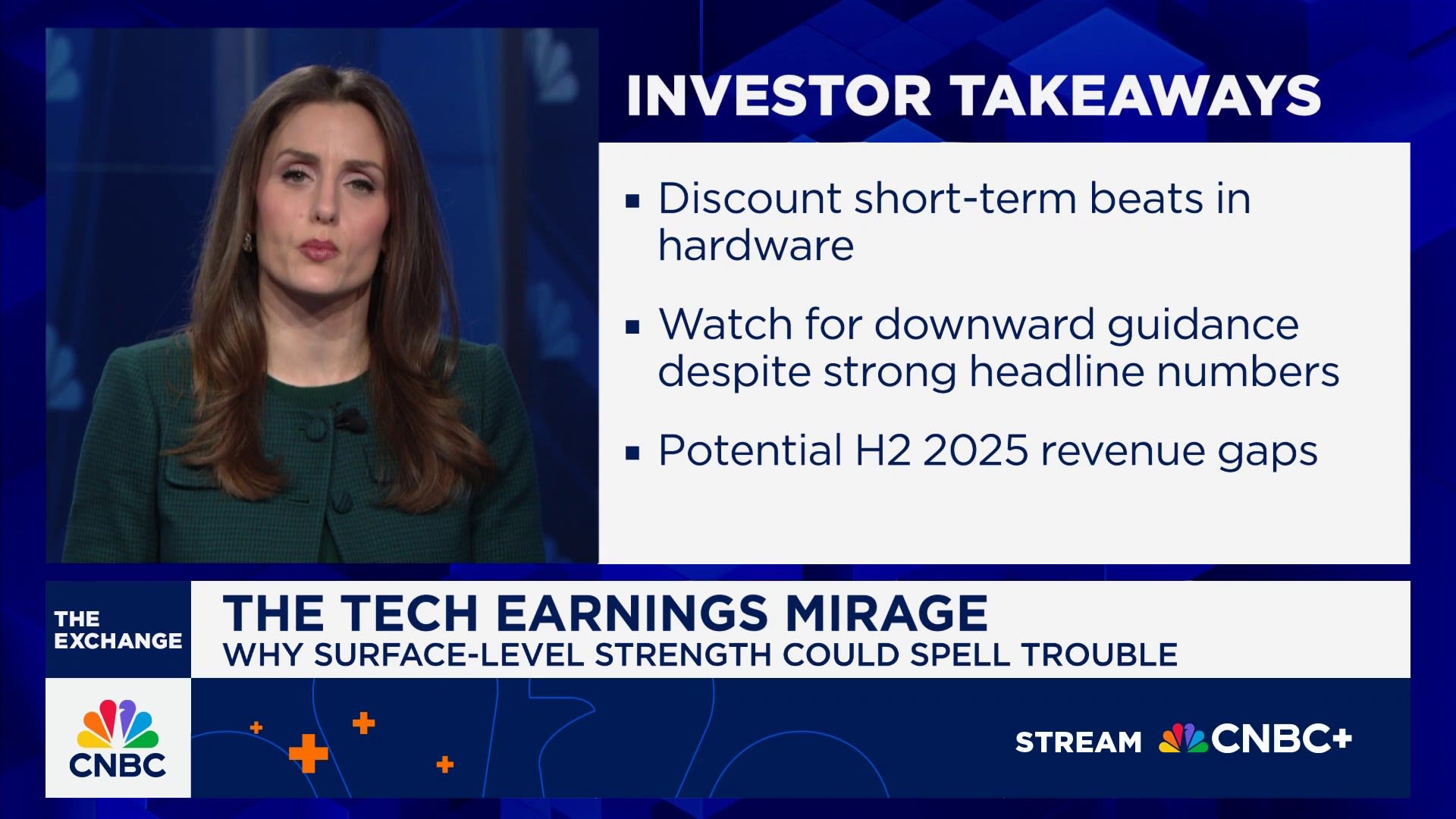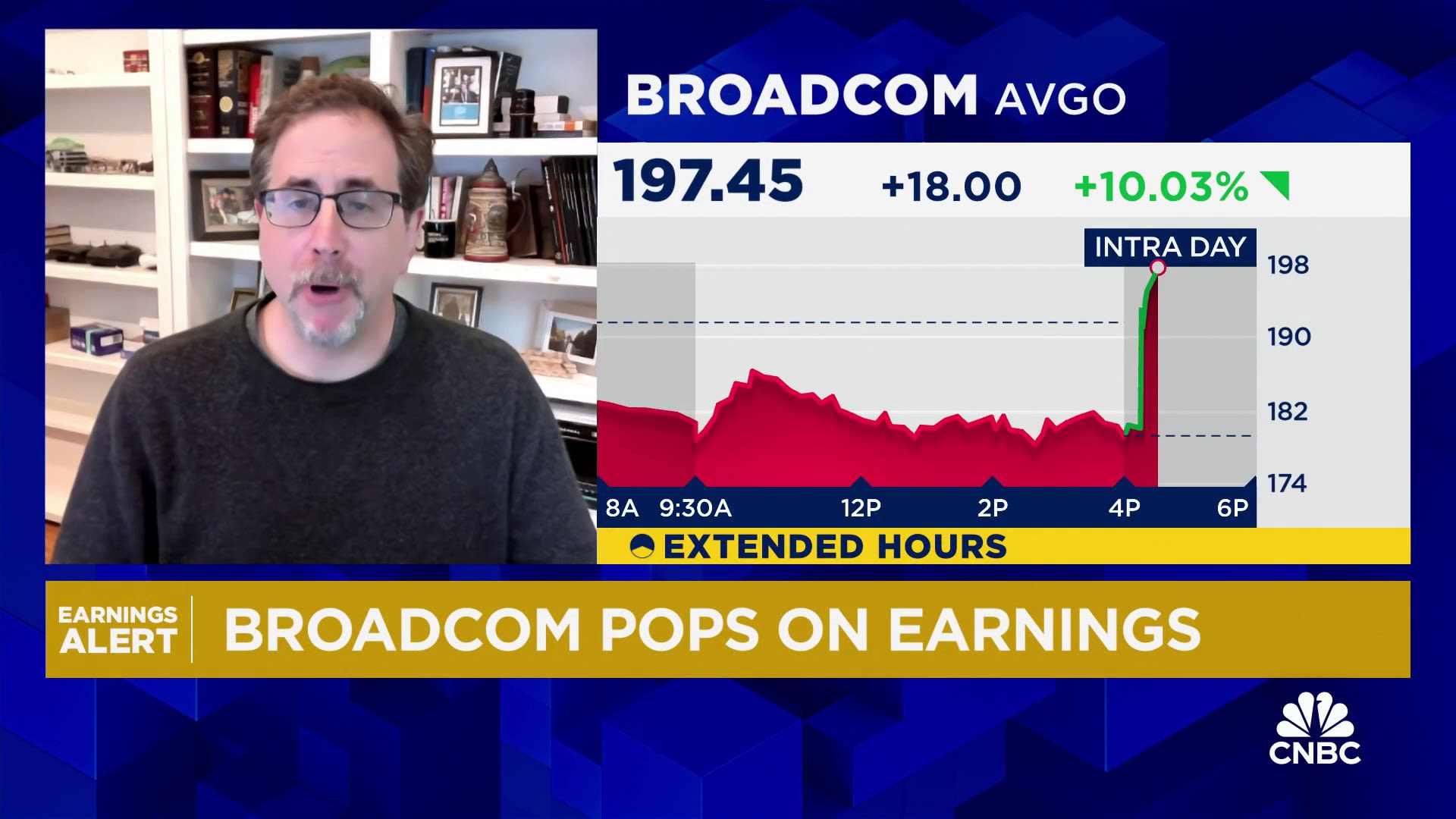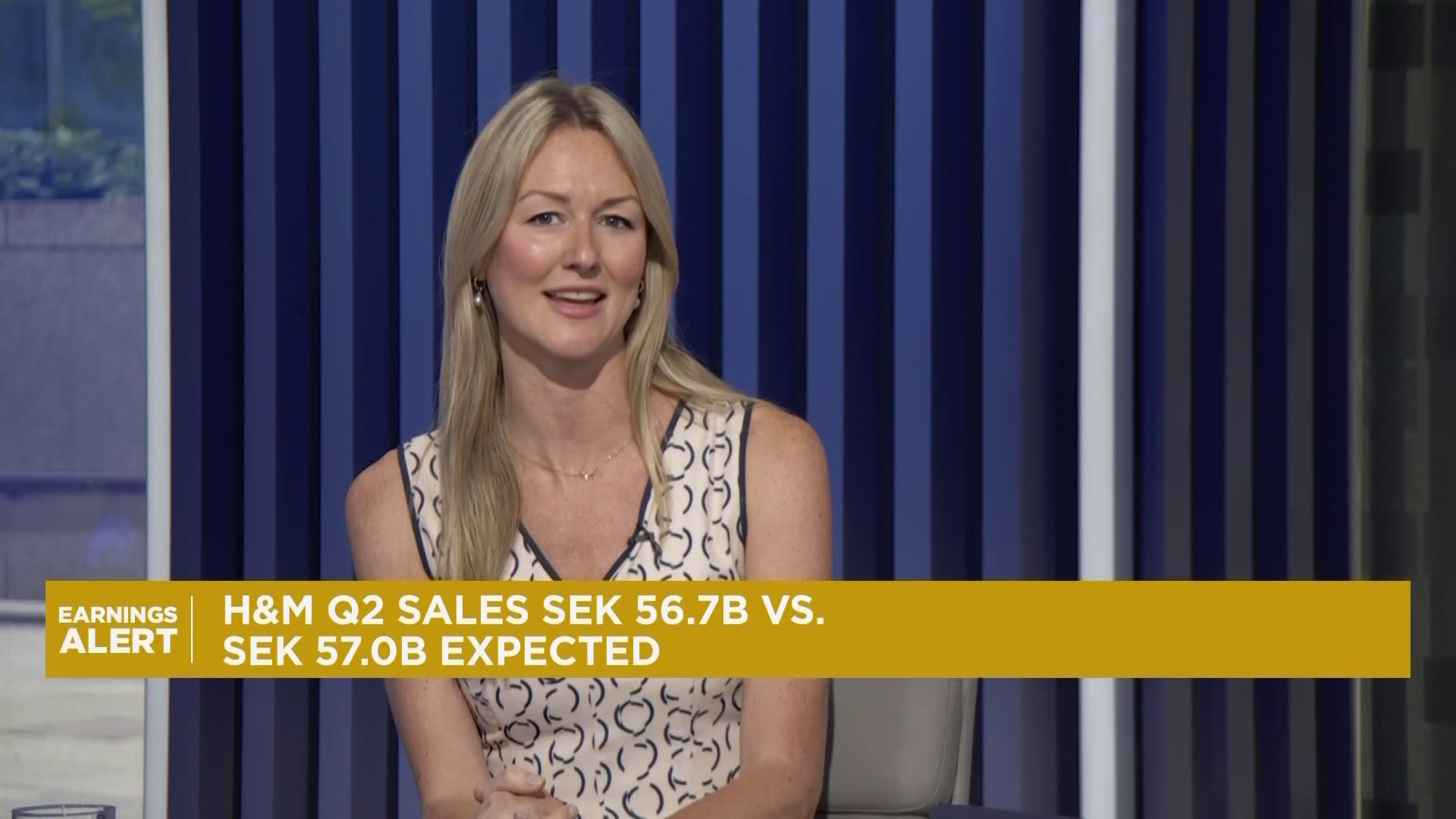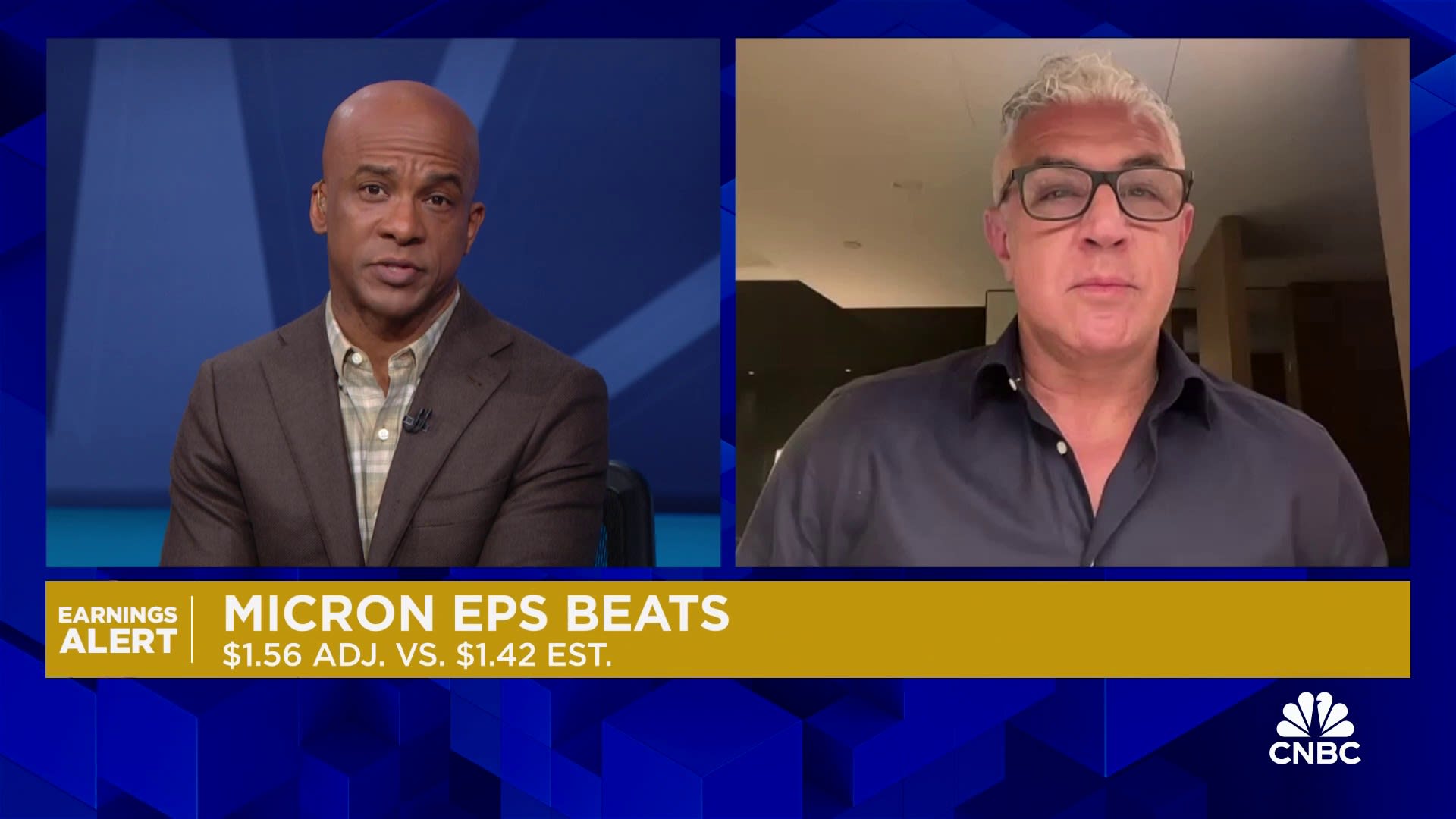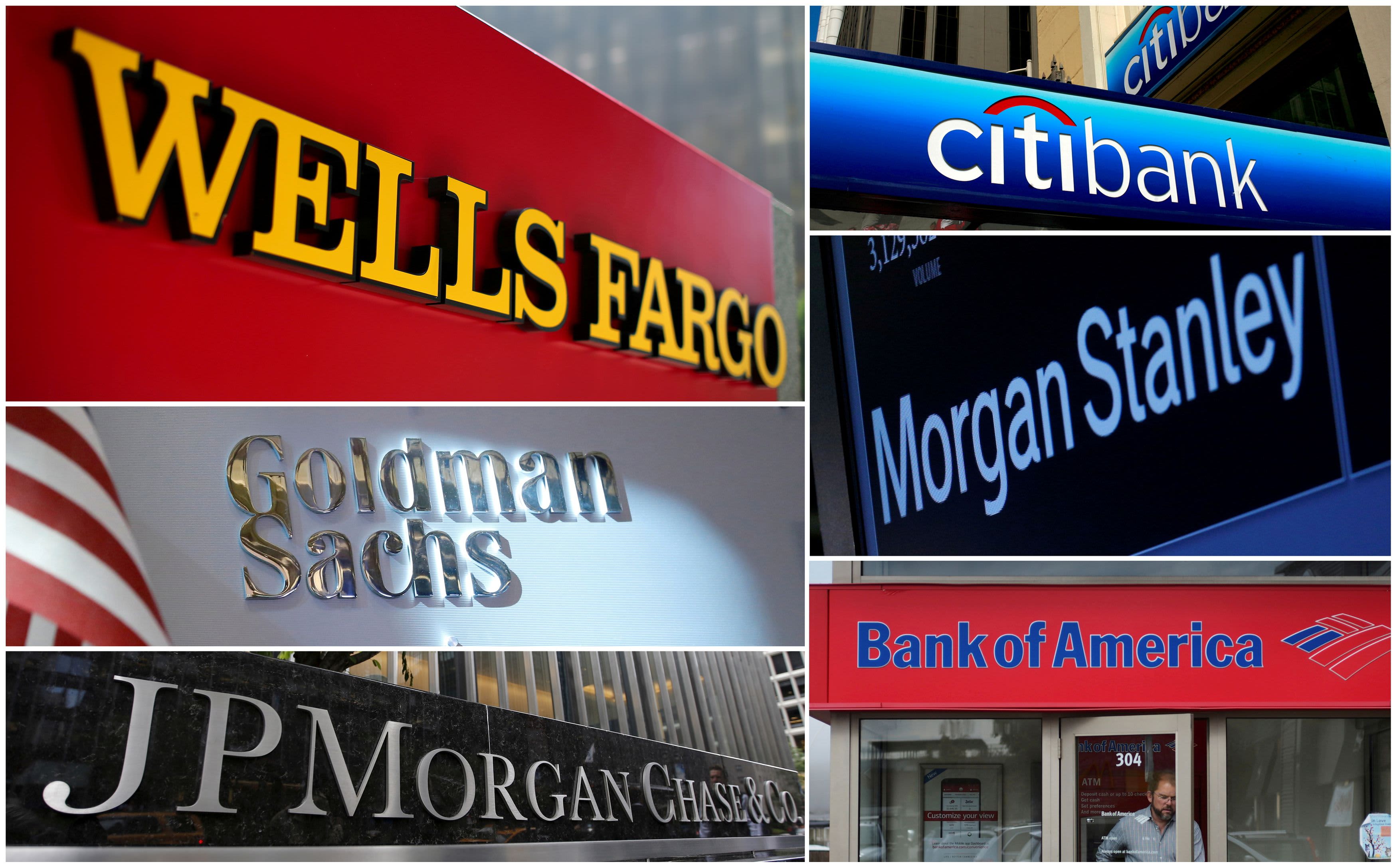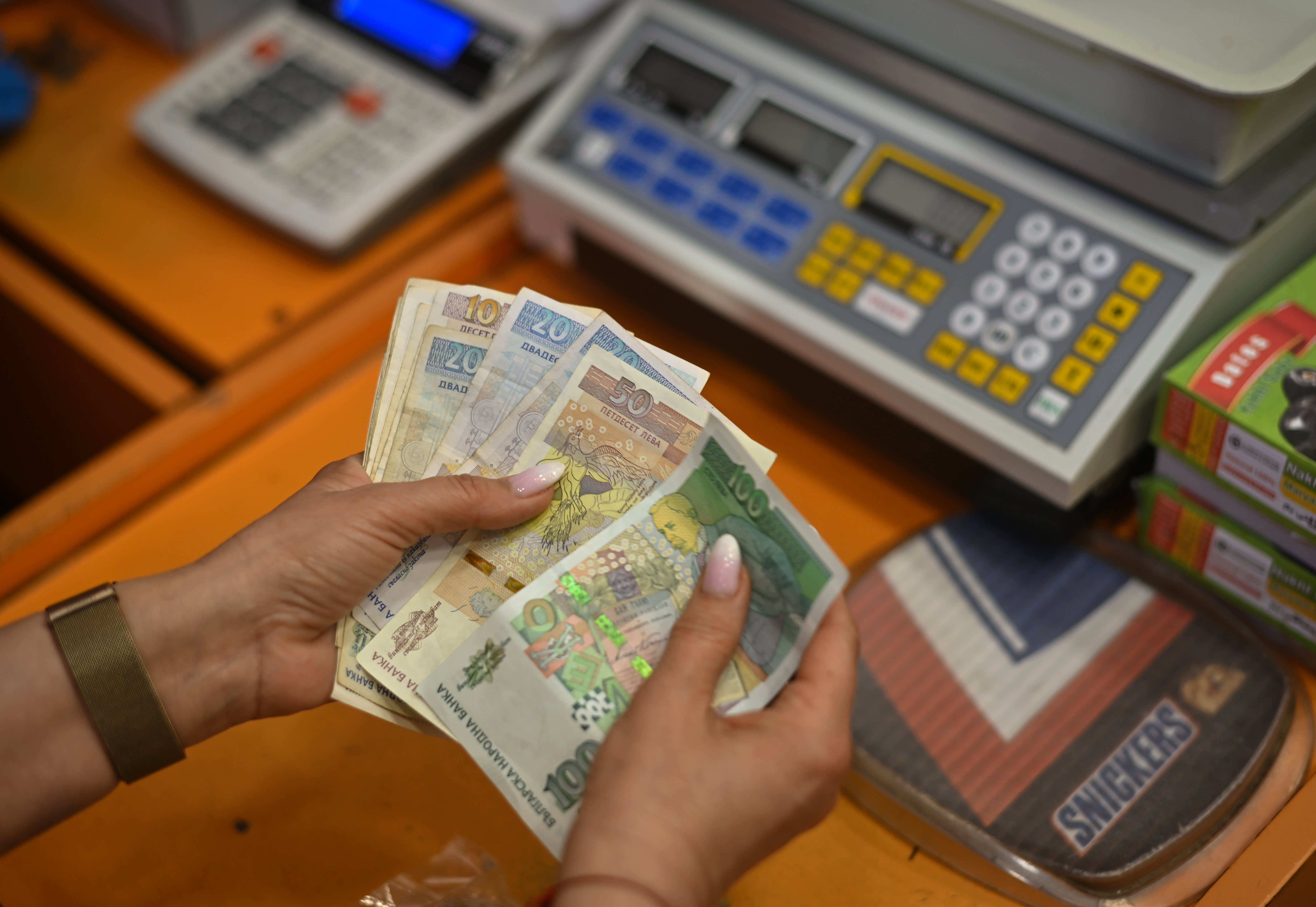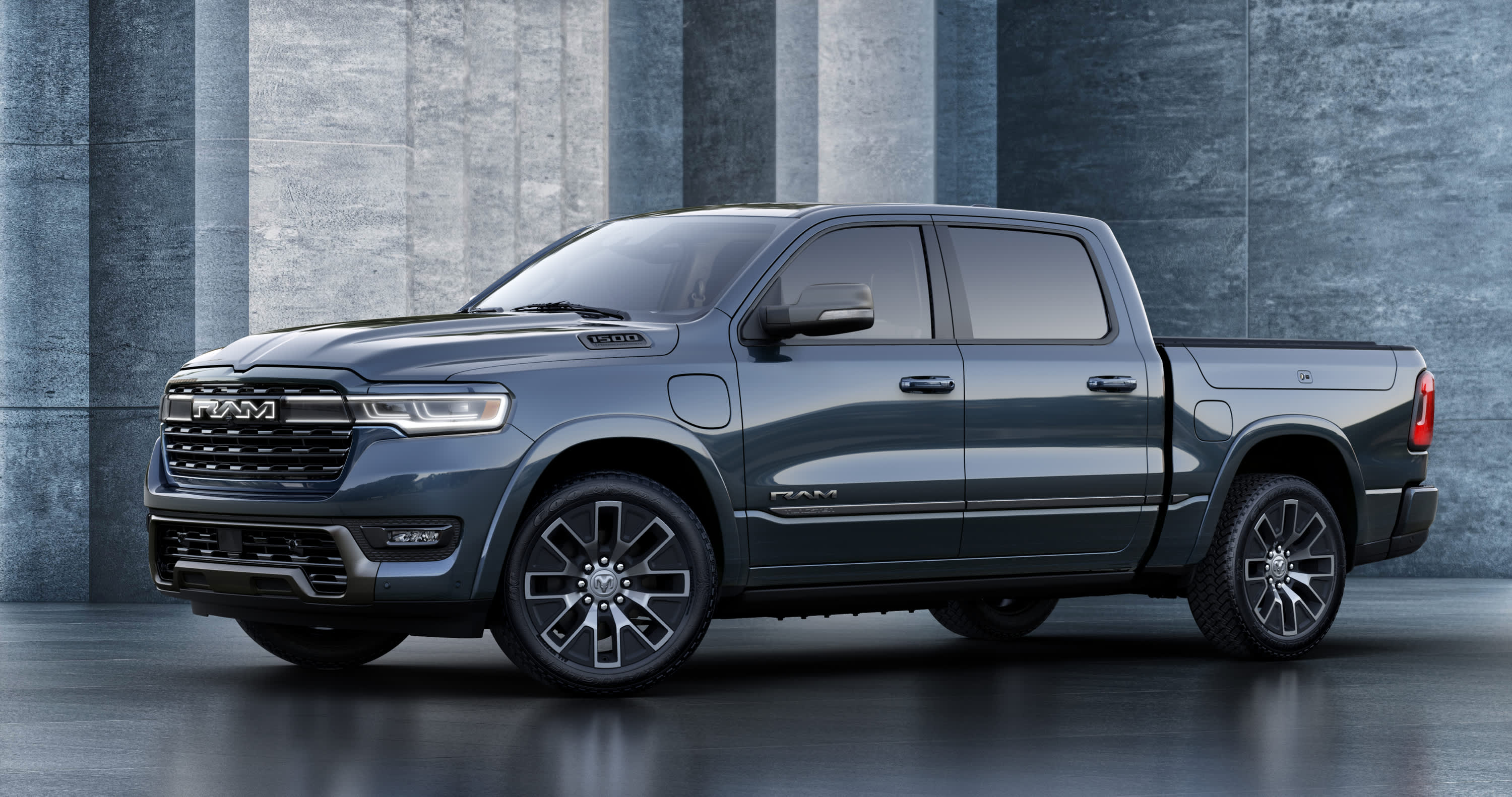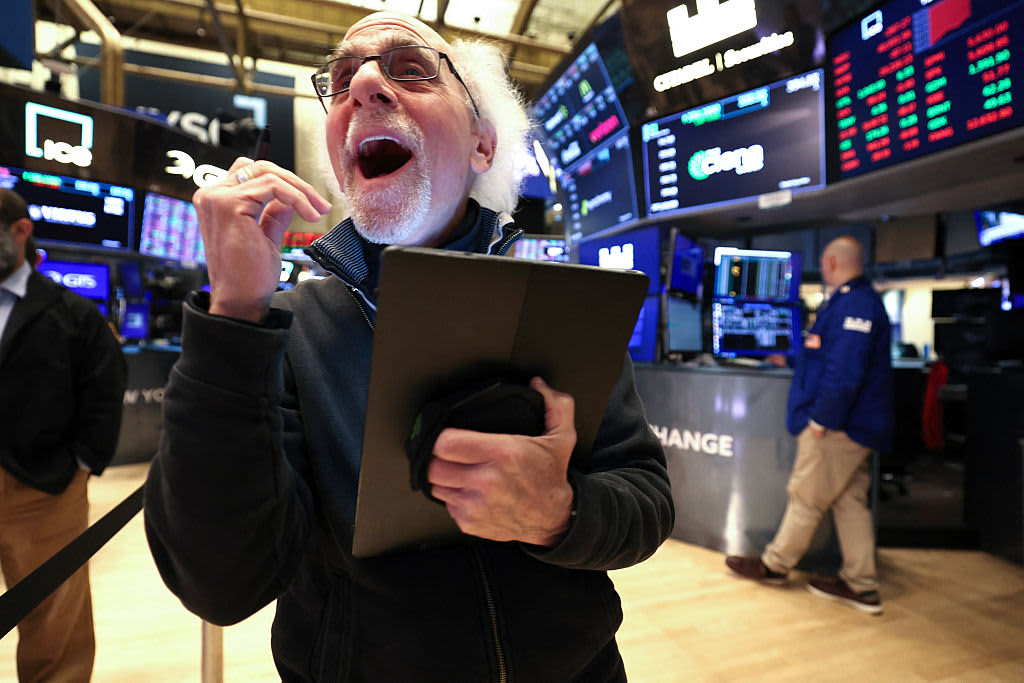On Aug. 5, we awoke to a market upside-down. Japanese stocks, so strong this year, had crashed, literally crashed, down 12%, a hideous decline, worst since 1987. Oddly, there was nothing wrong. The yen had strengthened, forcing investors who had borrowed yen to buy our stocks and others around the world to put up more capital. The margin calls of the traders who had borrowed the yen reverberated around the world. It’s hard to recall what the market looked like three weeks ago, but it is important to recognize several things: (1) The European markets led us down, we lost as much as they did down about 3%; (2) The Magnificent Seven mega-caps — we own six of them: Apple , Amazon , Alphabet , Meta Platforms , Microsoft , and Nvidia — declined roughly as much as the rest of the market; and, (3) except Nvidia, it dropped 6.4%, leading the big caps and calling into question its standing in the trillion dollar market cap club. On top of that, Warren Buffett had sold nearly half of his Apple position without saying a word about it. It’s a trade that had many rankled but no one wanted to say it out loud: Buffett had recently told us at his May annual meeting that barring something dramatic happening, he was happy with Apple as his largest position. Given the decline in Japan, you had to wonder whether something dramatic had happened. Otherwise, if you didn’t know any better, you wanted to question whether Buffett was selling when he was praising the stock. I think that it’s more of a case where you can’t hold anyone to their “word” about stocks, because everyone has a right to change their mind, including Buffett. Still, if you look back to that Monday, you have to wonder whether Nvidia and Apple are two stocks with no real backbone in them. Nvidia dropped from $107 per share to $98 in two days. Apple fell from $219 to $207. Both are Club stocks. They are our top two holdings, which I have long designated my only “own them, don’t trade them” stocks. Just a few weeks later, however, Apple was back at $226, though still down from its $237 high on July 15. Nvidia way off its high of $140 on June 2. To me, that day was a painful reminder of how people simply don’t trust, not the companies, but the stocks. That Apple could get knocked down so severely on Buffett not even making a comment that he felt it was prudent to scale back and that Nvidia could be regarded as a total pariah down at $107 after being loved in the mid-$130s for almost a full month, showed you that underneath these stocks was nothing but quicksand. The press coverage at the time of the yen-inspired selloff was largely about how tech was overvalued and how the Federal Reserve was still on the fence about interest rates. We have the latter pretty much a done deal, but what about the former? This is the week where we find out if all the torture of Nvidia shareholders was worth it, when the artificial intelligence chipmaker reports earnings after Wednesday’s closing bell. We know what we are looking for number-wise: a $2 billion upside surprise in the reported quarter and a lift of $2 billion for the current quarter — plus reassurance that we should not have to worry about any delays in the next generation Blackwell chip platform. The details of what has to happen with this great company’s quarter revolve around tone as well as Xs and Os in football locker room talk. Analyst Ben Reitzes from Melius Research has the best cheat sheet if you are thinking like I am, meaning we are about to do our “Mad Money” fantasy draft and cheat sheets are paramount. We also, for the first time, will be looking for an Apple-like statement from Nvidia CFO Colette Kress about what’s going to happen with all of the cash on the company’s balance sheet. A monster-sized buy back might remind people that Nvidia is not smoke and mirrors even as so many still think it is. But I want to step back for a second and think about the journeys of these two stocks versus, say, the other Mag Seven because their differences, I think, rankle investors because they seem so darned expensive. Right now, Apple — priced at 31 times forward earnings, according to FactSet — is undergoing a transition from a hardware company to a software and fee-based company. This transition is very hard to see because Apple is reluctant to let you see it. Apple wants to be a hardcore technology company. They want to make the single best razor imaginable. Unlike Procter & Gamble’s Gillette, though, they act as if the razor means little. That’s a natural DNA-like issue. A razor is a dumb product. A razorblade is even more stupid. If you relate to that model, if Apple CEO Tim Cook says judge us by the razorblades, well he wouldn’t be Tim Cook. He would be P & G’s Jon Moeller, a consumer-packaged goods CEO. What an anathema. But everything changed when Apple threw its lot in with Microsoft-backed OpenAI and didn’t have to pay them for their artificial intelligence product. The marketplace still hasn’t grasped what that means. Not only does Apple get to make the razor and sell it for a lot of money, even if it is “subsidized” by telcos, but it doesn’t even have to make the blade. Can you imagine if Club stock P & G had no cost of manufacturing of the blades? P & G, after a miserable miss because of China numbers, sells at 24 times forward earnings. I hesitate to even posit what they could make if someone manufactured their razors and they got all of the profits from them. Not only that, we have no idea if OpenAI may even be paying Apple in some sort of revenue share, so maybe it gets money and does nothing. Oh, and let’s not forget that Tim told me in an interview that the OpenAI deal wasn’t necessarily exclusive and other artificial intelligence offers might be coming. That left open the door for Claude from Amazon-backed Anthropic or Mark Zuckerberg’s MetaAI or Gemini from Alphabet’s Google. Maybe Apple ends up giving you whichever one is best. Apple’s price-to-earnings (P/E) multiple has been steadily rising these last few years as the service revenues continue to climb higher. Apple’s five-year forward P/E average stands at nearly 26 times. About 1.5 billion people around the globe now have Apple devices. This scale, and how much does tech love scale, is unmatched and so powerful that Microsoft, which is going to spend $75 billion in 2025 on capital expenditures (capex) is willing to give away the fruits of it. I have to believe that Alphabet with $59 billion spend in 2025 in capex spend and Amazon with $70 billion in 2025 are actually upset that they didn’t get the Apple deal that OpenAI got. When you consider the heft of Apple you have to think: Does it really only deserve a 31 times forward multiple? Is that it? Is that all? Instead of saying, who knows how little it is really worth if Buffett is going against what he said just in May and has cut his position in half. Look, we have to put a multiple on stocks. We can’t avoid it. We have no choice. I think that 31 times makes sense. Now let’s consider Nvidia. First, we know from that day after the Japan meltdown that of all of the companies with the weakest holders, Nvidia is the king. A stock that loses 6.4% when the overall market is down 3%, even after it had already fallen from $140 in June to $107 is a stock that doesn’t have a lot of people who know what they own or believe in it either. I have no misgivings. The stock price is high versus the earnings. Nvidia has nearly a 39 times forward P/E, roughly equal to its 40 times five-year average. The market cap at $3 trillion seems outrageous. It was $500 billion in January 2023. You might be thinking: What stock has any ability to move that far that fast? The answer is no stock. Or no stock has had that ability. Nvidia is different though. Nvidia is, in some ways more of a biotech which has developed something that each year saves more people’s lives. We would accept that it is worth a lot more than we thought in the same way that Club name Eli Lilly is worth a lot more than we thought, and no one is sitting around thinking that Lilly should sell off 6% on a day when the market is weak. You might find that analogy strained. And I get that. But I like it because Dave Ricks, CEO of Eli Lilly, reminded me this past week that Lilly started working on GLP-1 drugs in 2016. Jensen Huang, CEO of Nvidia, started working on Blackwell and its predecessors more than 12 years ago. He had conviction that all of the things that are happening would get done and get done quickly. I think a lot of people don’t realize that it isn’t just one wave that Jensen is riding, he’s straddling two of them. First, he is pioneering accelerated computing. We had been stuck in a world of chips, dominated by Intel, that could have many functions. To have all these functions, the chips ran slower than we realized until Jensen showed us what could happen. He understood that gamer chips had to be faster than Intel’s chips. So, he designed them that way. And he designed many generations basically in his head just waiting for all of the equipment to catch up to where his brain was already. Accelerated computing, putting his chips ahead of all other chips, wasn’t known when his stock was worth $500 billion. The second wave, the generative AI wave, required not just hardware but software, the software involved with training. Back in 2006, Nvidia created a software platform development platform, Cuda, which is at the heart of the inference portion of generative artificial intelligence. Software developers have been writing on this platform, and it gives Nvidia a huge lead on all comers. The software business of Nvidia is never talked about. Nvidia, like Apple, is thought about as a hardware company, due for a multiple contraction. No way that either of these companies deserves a multiple this high if they are hardware. But maybe that’s just old thinking overrun not by emotion or animal spirits, but by reality. There is no way we can regard Apple as hardware when it avoids spending $70 billion to get the software of others. How can we regard Nvidia as hardware when it is actually part chip, which it doesn’t even make, and part software platform that, out of nowhere everyone has to write for because it has a monopoly on the subject. Nvidia didn’t really burst on the scene with these two forays. It had been in the works for ages. And others just realized that Nvidia had the technology, both hardware and software and realized they had to get right with Jensen or be left behind. On Wednesday evening, we will get Nvidia’s number and you can tell from that down 6% day it will be hard to satisfy the minions. But I think, in addition to the accelerated computing wave and the generative AI wave, we have to recognize that even if Blackwell is late — and we can acknowledge it won’t ship in volume until slightly later than we thought — who is it late for? Is someone going to replace Nvidia because it is late with Blackwell? Of course, not. Here’s what I am thinking. If you go back to that moment, that ill-fated Monday, Aug. 5, when Nvidia fell by 6% and we learned that Buffett sold half of his Apple stake, please remember that tech snapped right back as we realized that the selling vortex was over. I think that you must always remember that if Apple or Nvidia drops there are trends involving these two that are very big and very powerful and cannot be stopped by Buffett’s selling or by a single Nvidia quarter and I am not talking about the trend of Fed Chairman Jerome “Jay” Powell relenting. If you believe in me then you believe that Jay’s stance is nothing but icing on the cake of Apple and Nvidia and if you think that, then Wednesday will not be the most important day of the year even as so many think it will be. (See here for a full list of the stocks in Jim Cramer’s Charitable Trust.) As a subscriber to the CNBC Investing Club with Jim Cramer, you will receive a trade alert before Jim makes a trade. Jim waits 45 minutes after sending a trade alert before buying or selling a stock in his charitable trust’s portfolio. If Jim has talked about a stock on CNBC TV, he waits 72 hours after issuing the trade alert before executing the trade. THE ABOVE INVESTING CLUB INFORMATION IS SUBJECT TO OUR TERMS AND CONDITIONS AND PRIVACY POLICY , TOGETHER WITH OUR DISCLAIMER . NO FIDUCIARY OBLIGATION OR DUTY EXISTS, OR IS CREATED, BY VIRTUE OF YOUR RECEIPT OF ANY INFORMATION PROVIDED IN CONNECTION WITH THE INVESTING CLUB. NO SPECIFIC OUTCOME OR PROFIT IS GUARANTEED.
Jim Cramer on Squawk on the Street, June 30, 2022.
Virginia Sherwood | CNBC
On Aug. 5, we awoke to a market upside-down. Japanese stocks, so strong this year, had crashed, literally crashed, down 12%, a hideous decline, worst since 1987. Oddly, there was nothing wrong. The yen had strengthened, forcing investors who had borrowed yen to buy our stocks and others around the world to put up more capital.
